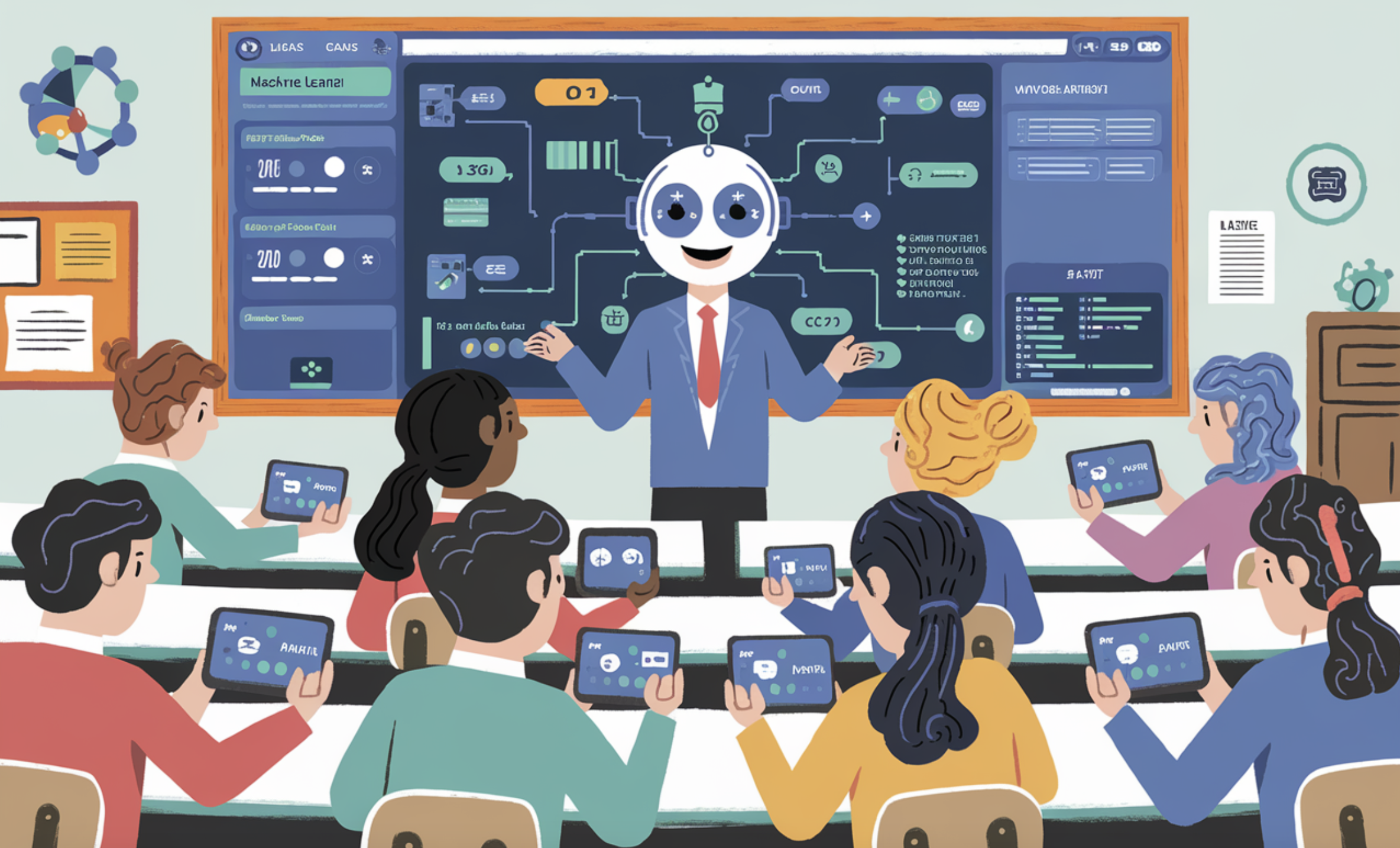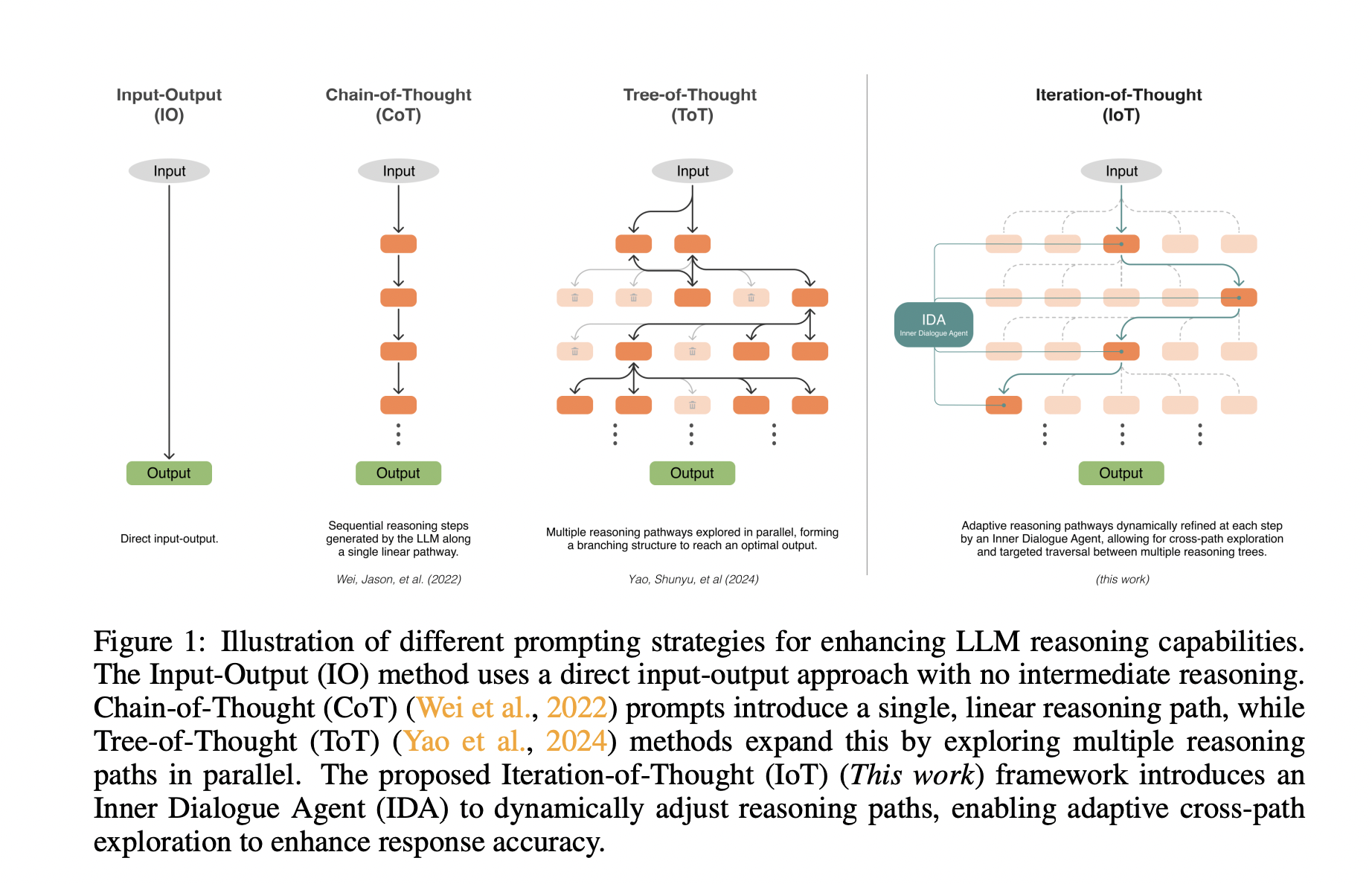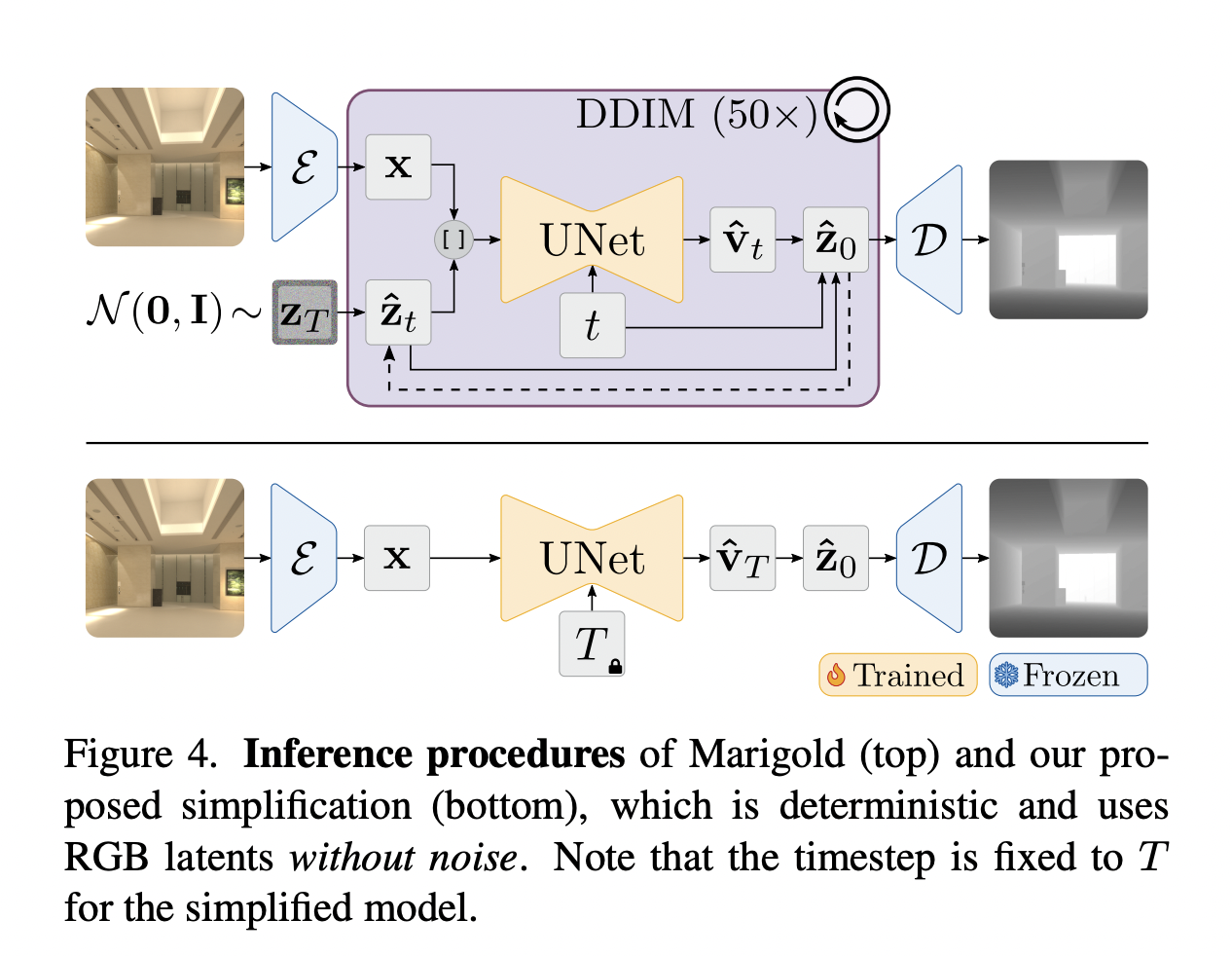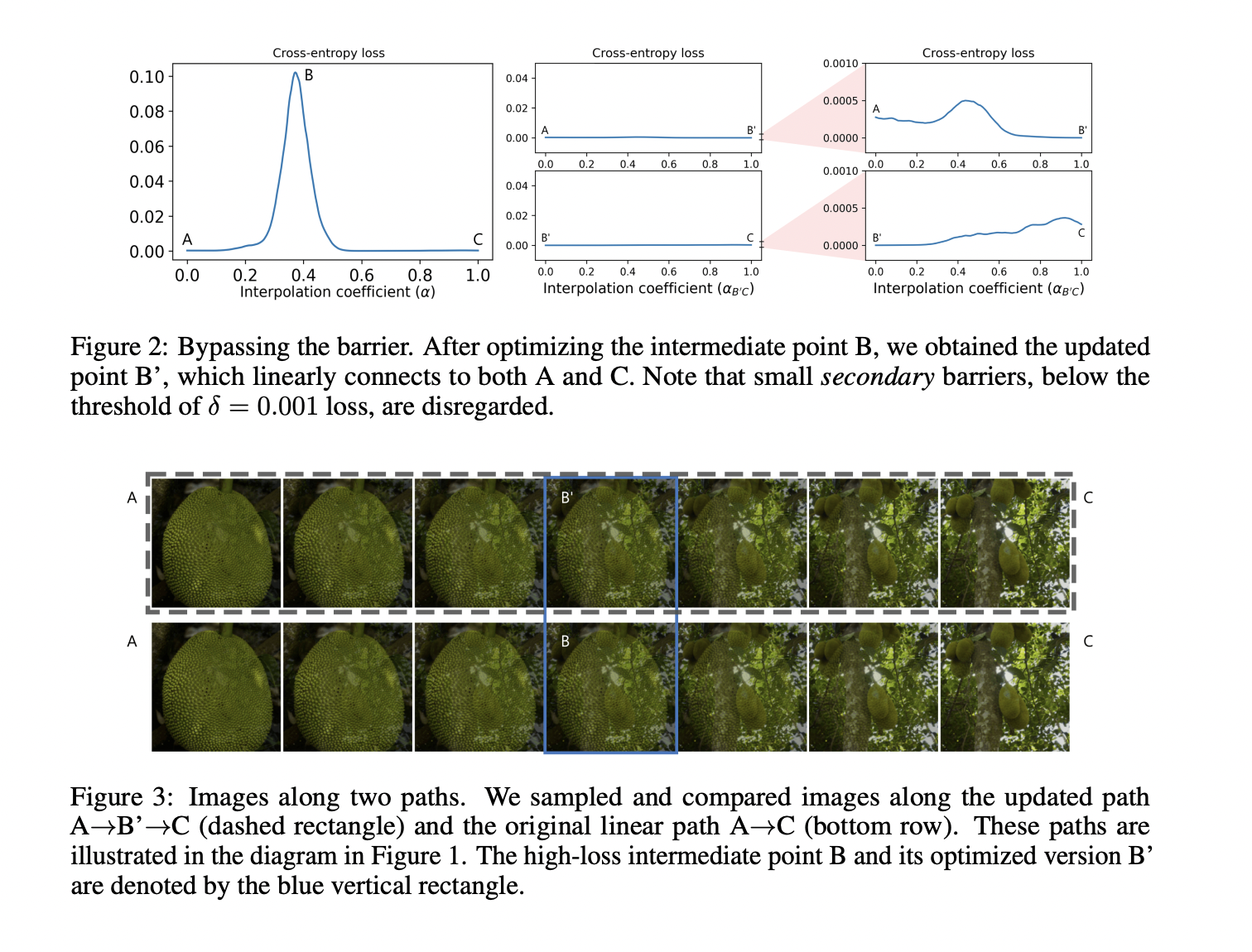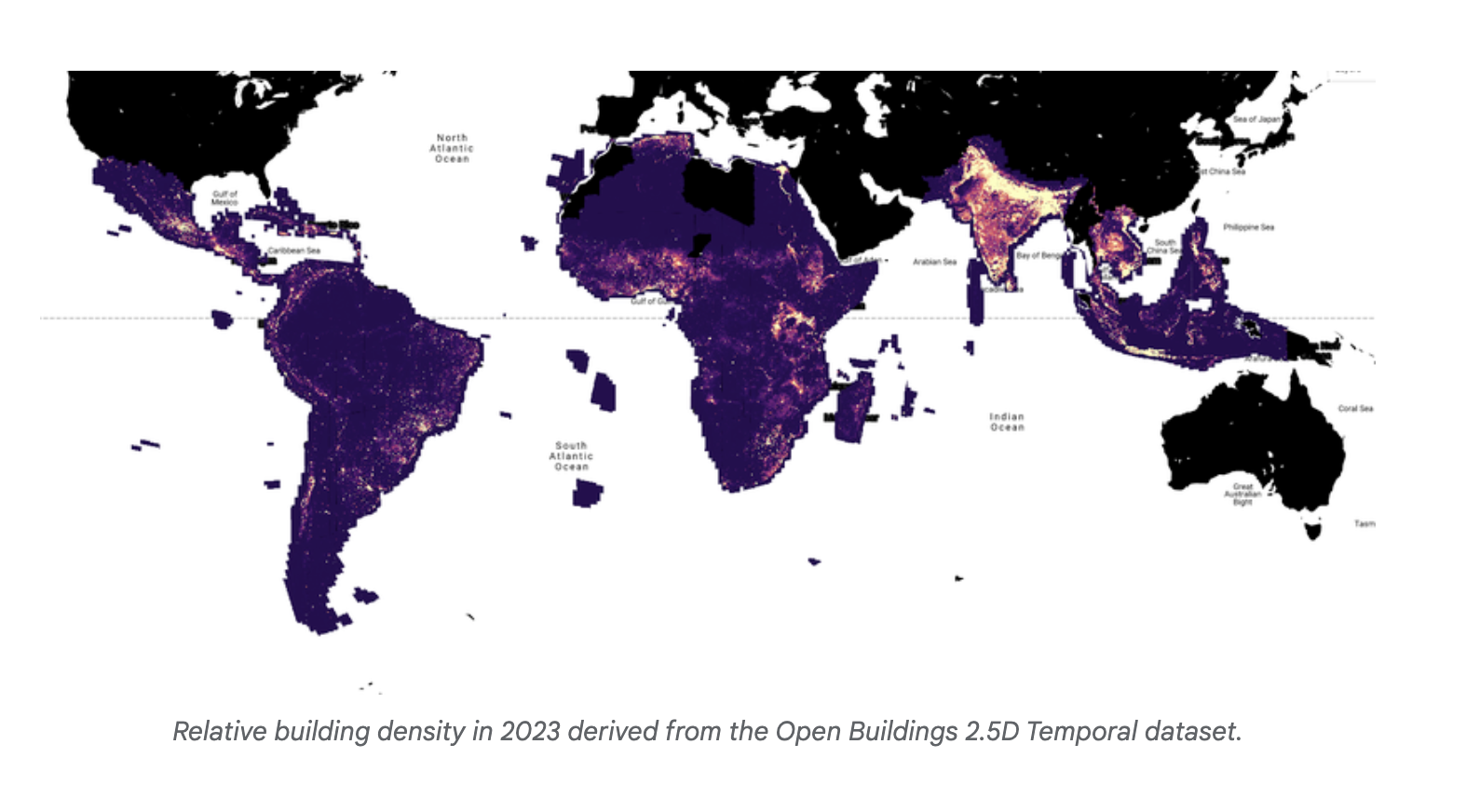Integrating No-Code AI in Non-Technical Higher Education:
Recent developments in ML underscore its ability to drive value across diverse sectors. Nevertheless, incorporating ML into non-technical academic programs, such as those in social sciences, presents challenges due to its usual ties with technical fields like computer science. To overcome this barrier, a case-based approach utilizing no-code AI platforms was introduced in a university course, catering to students from varied educational backgrounds. These platforms streamline the ML process, enabling users to create and deploy models without needing extensive knowledge of algorithms, thus making ML more accessible to non-STEM students.
The study, conducted in a master’s level AI for Business course at Umeå University, Sweden, explored the effectiveness of using no-code AI to teach ML in non-technical programs. Through qualitative data collection, the research identified both benefits and challenges. No-code platforms’ ease of use and affordability were significant advantages, enabling students to collect data and model training without the technical barriers typically associated with AI. However, the study also recognized challenges, such as ensuring students understand underlying ML concepts sufficiently despite the simplified interface. The findings contribute to the literature on Information Systems education by offering insights into how no-code AI tools can be effectively integrated into non-technical curricula.
Exploring “Lightweight” AI in Education:
ML involves the development of models that computers use to identify patterns in data and make predictions, forming a crucial part of AI applications across various industries. The ML workflow typically starts with creating a training dataset, which an algorithm processes to teach the machine to recognize patterns, resulting in a model that can predict new data. However, developing effective models is complex, requiring multiple iterations and a deep understanding of data. This complexity often challenges non-technical professionals needing more computer science expertise, making integrating ML into their fields difficult.
To address this challenge, “lightweight” AI platforms, also known as no-code AI, have emerged, enabling individuals without extensive technical skills to develop and deploy ML models. These platforms provide user-friendly, cloud-based tools that guide users through the ML process with minimal coding required. For instance, the Peltarion no-code AI platform was utilized in an “AI for Business” course at Umeå University in Sweden, providing students from various non-technical backgrounds with hands-on experience in training ML models. This approach allowed students to engage with AI technology directly, helping them understand its role in organizational value creation without needing a deep understanding of the underlying algorithms. The case-based educational setting demonstrated the potential of no-code AI to democratize ML education, making it accessible to a broader range of students.
news news news news news news news news news news news news news news news news news news news news news news news news
Methodology for Evaluating No-Code AI in Education:
A group-based project approach was implemented to explore no-code AI in education, allowing students to tackle real-world problems and engage in collaborative activities. A teaching framework was applied, emphasizing problem-centered learning, activation of existing knowledge, demonstration of skills, application to practical tasks, and integration through reflection. Students worked on a case involving a fictitious company, “WeldCorp,” to explore ML for assessing welding points. The evaluation involved analyzing student feedback, written assignments, AI model outputs, and teacher observations, with thematic analysis revealing the benefits and challenges of using no-code AI tools in educational settings.
Implementing No-Code AI in Education: A Case Study on Teaching Machine Learning:
The educational module, from December 2, 2021, to January 10, 2022, included a 3-hour workshop on ML and a no-code AI platform. It introduced ML concepts without delving deeply into neural networks, focusing on practical data handling and problem-solving. Students learned through hands-on tasks with various datasets, including tabular, image, and text data, and used the no-code platform for model training. They applied ML to analyze welding images, aimed to understand data processing and model evaluation, and received feedback on their approaches. The no-code method enhanced students’ awareness of data quality and problem-solving over coding skills.
Concluding Discussion:
This study addresses two key questions about using no-code AI in education: its application for teaching ML in non-technical programs and its benefits and challenges. The study recommends a problem-centered approach for integrating no-code AI into higher education, offering guidance for instructors. No-code AI aids students through the ML workflow, from data processing to model deployment, but poses challenges in case construction, platform selection, and group dynamics. The contribution includes practical advice for educators and insights into leveraging evolving no-code tools for educational purposes. The researchers encourage educators to stay updated on these tools and incorporate them into curricula, emphasizing responsible AI use.
Check out the Report. All credit for this research goes to the researchers of this project. Also, don’t forget to follow us on Twitter and join our Telegram Channel and LinkedIn Group. If you like our work, you will love our newsletter..
Don’t Forget to join our 50k+ ML SubReddit
Here is a highly recommended webinar from our sponsor: ‘Building Performant AI Applications with NVIDIA NIMs and Haystack’
Sana Hassan, a consulting intern at Marktechpost and dual-degree student at IIT Madras, is passionate about applying technology and AI to address real-world challenges. With a keen interest in solving practical problems, he brings a fresh perspective to the intersection of AI and real-life solutions.





